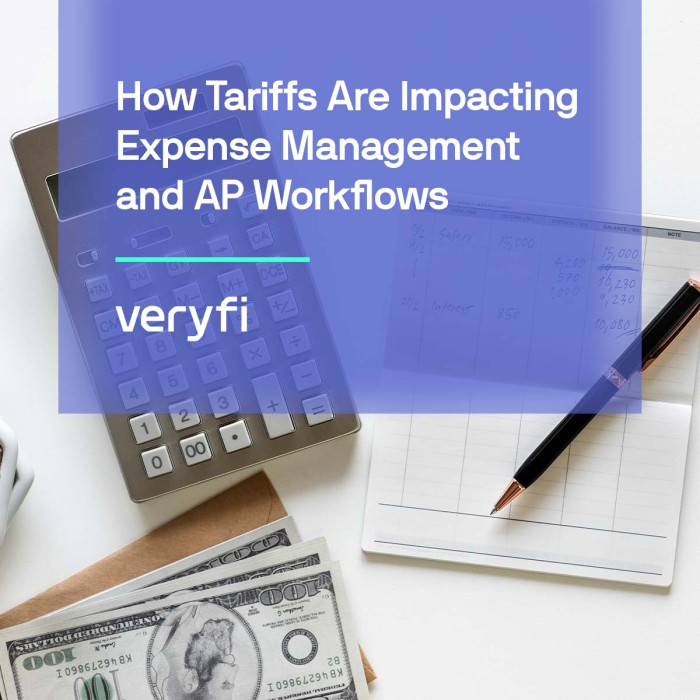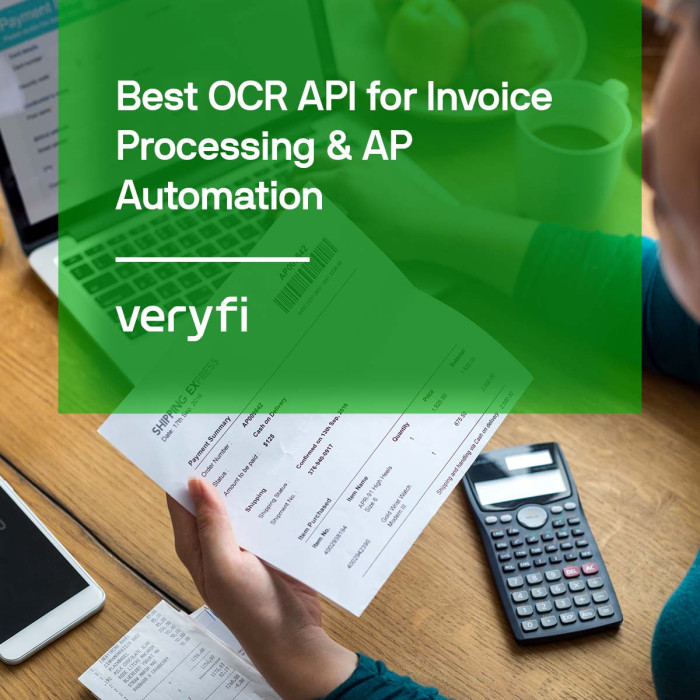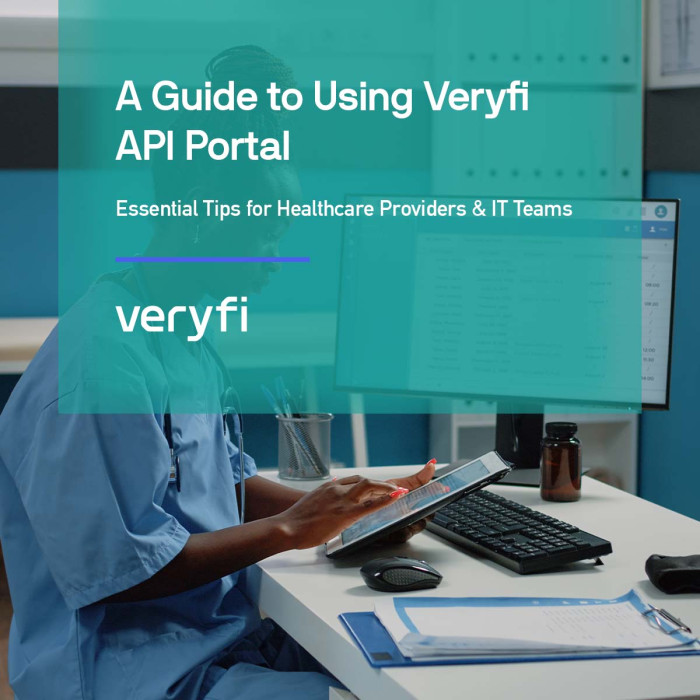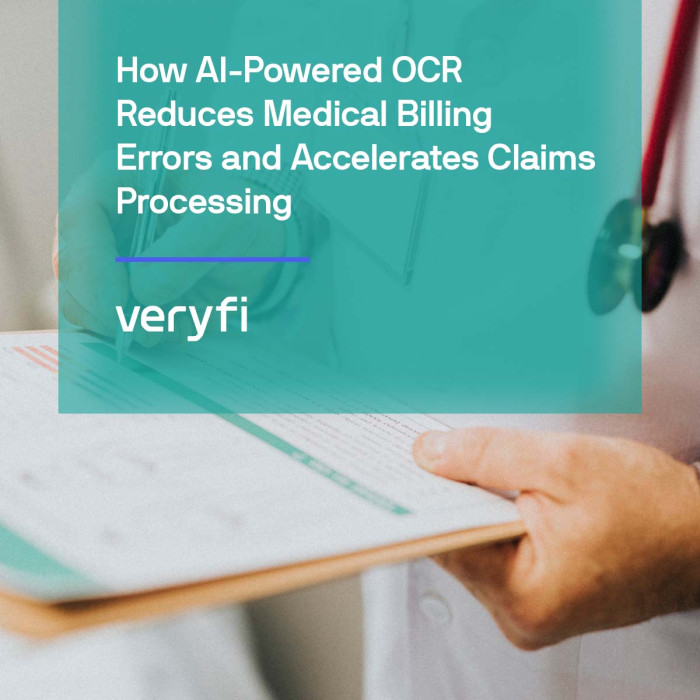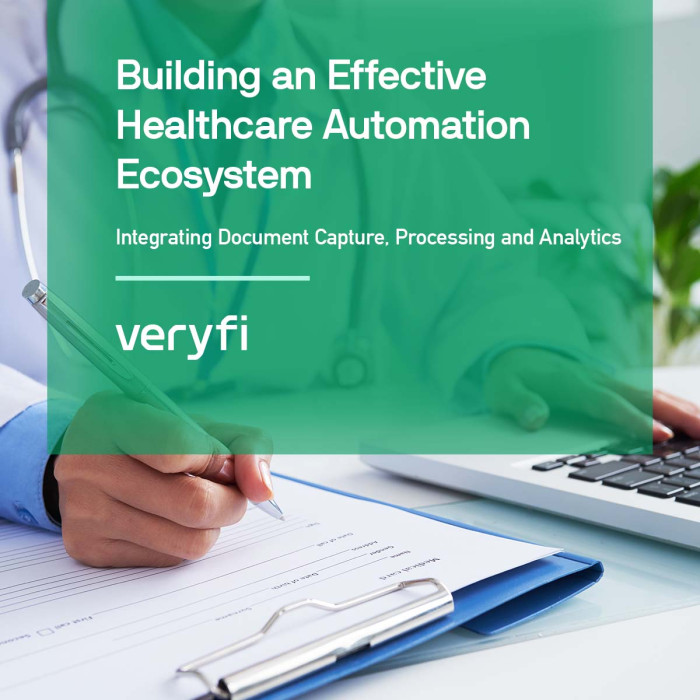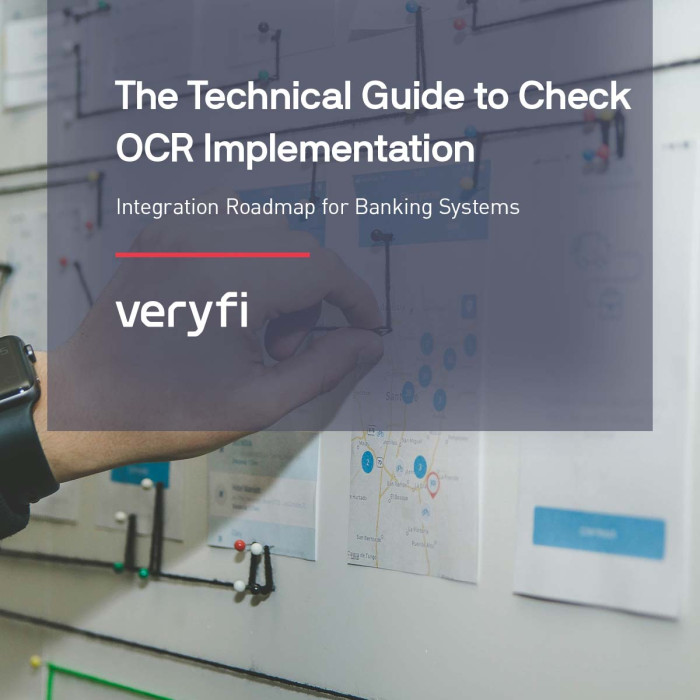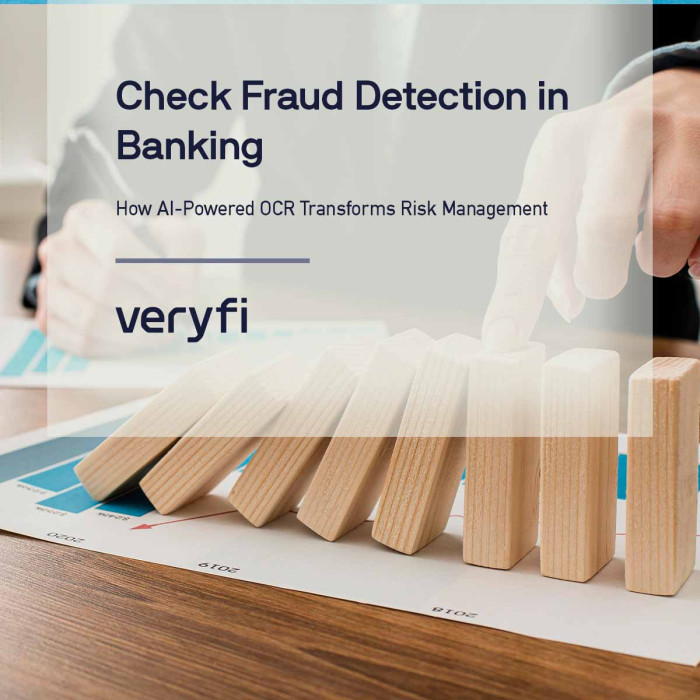In today’s digital-first business environment, intelligent document processing (IDP) has become essential for managing tax documentation efficiently. As organizations prepare for tax season, the ability to accurately extract and process W-2 and W-9 forms can significantly impact operational efficiency and compliance.
Modern W-2s and W-9s OCR API are revolutionizing how businesses handle these critical tax documents, offering unprecedented accuracy and automation capabilities.
Understanding OCR Technology in Tax Processing
Optical Character Recognition (OCR) powered by AI technologies and computer vision has transformed how organizations handle tax documents. Modern OCR solutions don’t just convert image files to text—they intelligently interpret and categorize information, making document classification and data extraction more reliable than ever.
Key Benefits of OCR for Tax Documentation:
- Increasing Efficiency: Automated processing reduces manual data entry by up to 90%, allowing teams to process hundreds of documents daily
- Reducing Errors: AI-driven validation ensures higher accuracy in text extracted from documents, with error rates below 1%
- Saves Time: Team members can focus on value-added tasks instead of manual data entry, improving overall productivity
- Enhanced Security: Keeps sensitive tax data secure through encrypted processing and robust access controls
W-2 and W-9 Processing: A Technical Deep Dive
Document Type Recognition
Modern OCR APIs excel at automatic document classification, distinguishing between W-2 and W-9 forms with high accuracy. This intelligent document processing capability ensures that each type of document follows the appropriate extraction rules and validation protocols. The system learns from various document layouts and formats, continuously improving its classification accuracy.
Advanced Data Extraction Features
When processing W-2 and W-9 forms, Veryfi’s OCR APIs focus on key data points with sophisticated extraction algorithms:
- Employer identification numbers with format validation
- Social Security numbers with checksum verification
- Wage information with mathematical validation
- Tax withholding details with cross-reference checking
- Personal identification information with format standardization
Quality Assurance Mechanisms
Ground Truth Validation
Before implementing any OCR solution, organizations establish a “ground truth” dataset – a set of manually reviewed documents that serve as the accuracy benchmark. This process involves:
- Systematic review of key tax form fields
- Documentation tagging for easy filtering
- Field-specific validation protocols
- Regular ground truth updates
Accuracy Measurement Systems
The OCR system employs multiple metrics to ensure accuracy:
- F1 Score Assessment
- Combines precision and recall measurements for comprehensive accuracy evaluation
- Accounts for true positives and false positives in extraction
- Particularly effective for tax document processing
- Calculated as: 2 * (Precision * Recall) / (Precision + Recall)
- Fuzzy Matching Algorithms
- Intelligent name matching with 85% similarity threshold
- Advanced address validation with pre-processing
- Phone number standardization (minimum 8-digit matching)
- Date format normalization
- Intelligent Field Validation
- Character-level recognition confidence
- Field-specific format verification
- Cross-reference checking
- Mathematical consistency validation
Advanced Text Processing
The system employs sophisticated algorithms for accurate data extraction:
- Levenshtein Distance Calculation
- Measures text similarity with character-level precision
- Accounts for insertions, deletions, and edits
- Ensures accurate vendor name matching
- Validates address components with 85% similarity threshold
- Hunt-Szymanski Algorithm
- Handles complex line item matching
- Manages varying document structures
- Ensures accurate data alignment
- Maintains sequence integrity across multiple entries
Implementation Success Metrics
Accuracy Benchmarking
Organizations can measure implementation success through:
- Precision Metrics
- True Positive Rate monitoring
- False Positive identification
- Recall rate calculation
- Overall F1 score tracking
- Quality Indicators
- Field-level confidence scores
- Document processing accuracy rates
- Exception handling effectiveness
- System learning curve analysis
Performance Monitoring
Continuous monitoring ensures optimal performance through:
- Regular Audits
- Weekly accuracy reports
- Field-specific performance tracking
- Model version comparison
- Trend analysis
- Quality Control
- Document-level validation
- Field-level accuracy checks
- Process optimization opportunities
- System enhancement recommendations
Maximizing Processing Accuracy
Image Quality Requirements
For optimal results, document processing solutions require specific standards:
- Resolution Requirements
- 300 DPI minimum for PDF documents
- 1000px minimum on smaller dimension for images
- Uncompressed file formats preferred
- Document Preparation
- Clean, unwrinkled documents
- Good contrast between text and background
- Proper alignment and lighting
Pre-processing Steps
To ensure maximum accuracy, the system performs several pre-processing steps:
- Address standardization (removing unnecessary elements)
- Phone number formatting (standardizing numeric formats)
- Name normalization (removing common prefixes/suffixes)
- Date format standardization
Security and Compliance
Data Protection Measures
Modern OCR solutions prioritize keeping data secure through:
- End-to-end encryption
- Secure API endpoints
- Role-based access control
- Comprehensive audit logging
Regulatory Compliance
These solutions help maintain compliance with:
- IRS regulations for tax document handling
- Data privacy laws including GDPR and CCPA
- Industry-specific security standards
- Document retention requirements
Future-Proofing The Tax Processing
Continuous Improvement
The system maintains high accuracy through:
- Regular model updates
- Ground truth refinement
- Processing rule optimization
- Exception handling improvements
Technology Evolution
As OCR technology evolves, organizations can expect:
- Enhanced accuracy rates
- Faster processing speeds
- Broader document type support
- Improved exception handling
Sign Up For Free W-2 and W-9 OCR API
By leveraging intelligent document processing IDP for W-2 and W-9 forms, organizations can transform their tax season operations from a challenging manual process to an efficient, automated workflow. The combination of advanced algorithms, comprehensive validation systems, and continuous monitoring ensures high accuracy while maintaining data security. This investment in OCR technology not only improves current operations but also provides a foundation for future growth and efficiency.
Get Started Today
- Request a Demo
- See our W-2 and W-9 processing in live action
- Talk to a Veryfi representative to learn about implementation timelines
- Discuss your specific requirements
- Start the free 14-day Trial
- Process your first 100 documents
- Experience our 99% accuracy guarantee
- Access detailed analytics reports


